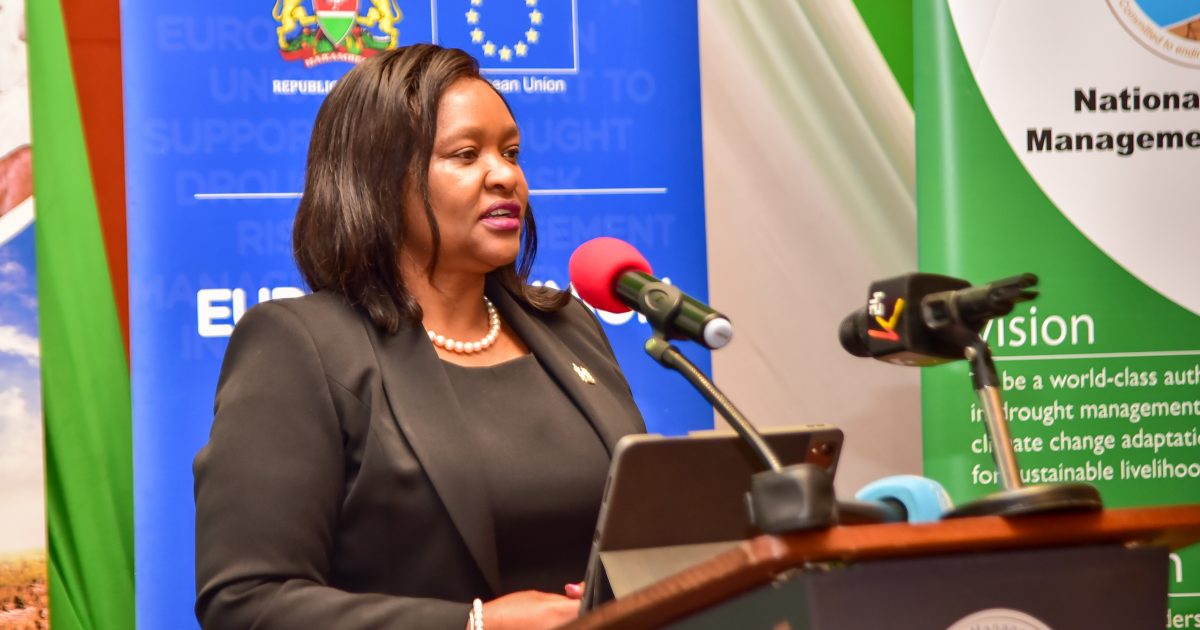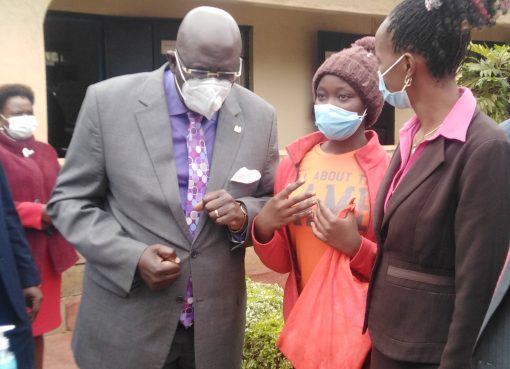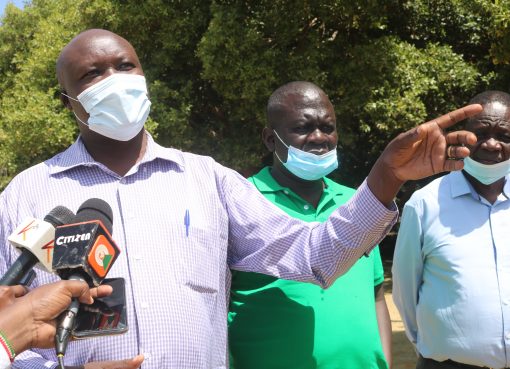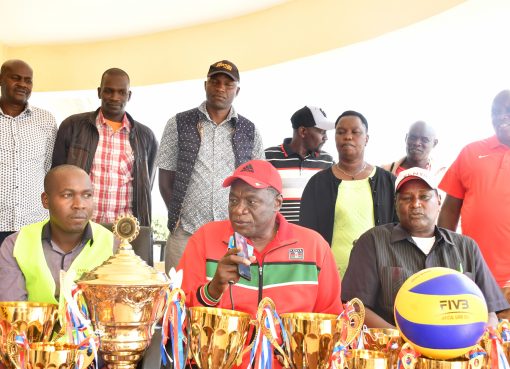The National Drought Management Authority (NDMA) in partnership with the European Union (EU) has launched the 2023 to 2026 Dryland Climate Action for Community Drought Resilience (DCADR) Project themed “Enhancing resilience of communities in Arid and Semi-Arid lands to drought and other effects of climate change.”
The project sets its implementation in drought prone counties with a funding of Euro 13 million equivalent to Sh 1.7 billion from the European Union while the government of Kenya (GoK) counterpart fund is Euro five million about Sh 650 million with an aim of promoting greener, more inclusive and resilient rural development in Kenya.
DCADR also seeks to provide mainstream drought response, preparedness in development planning while strengthening drought management systems and mechanisms.
Speaking on Tuesday at a Nairobi Hotel during the launch, the Prime Cabinet Secretary (PCS) Mr. Musalia Mudavadi said that Kenya is susceptible to natural disasters like drought which is increasingly becoming regular as a result of severe effects of global climate.

He went on to state that the economic cost of drought in the country is enormous as it continues to undermine and reverse our gains.
“In 2008 to 2011, drought cost our economy more than 12 $ billion dollars. To put this into perspective the money allocated would have been enough to finance education and technology budgets for the next seven years,” remarked Mudavadi.
Further, he voiced that droughts were a major threat to the nation’s development noting that since the declaration of national disaster in September 2021 about Sh.38 billion has been spent to mitigate the situation.
“Humanitarian assistance is only a stop-gap measure. Our manifesto recognises that in about two million households, 1 out of 6 lack food, the vast majority being farmers,” voiced Mudavadi.
The PCS added that supporting farmers to raise productivity would not only enable them to feed but also provide and generate a surplus that contributes to national food security and economy.
Moreover, he stated that proactive measures are in motion to address cyclic drought and challenges faced by some of the farmers in Arid and Semi-Arid regions who practice mixed farming and livestock keeping.
“We are committed to building 1,000 dams across the country through public and private partnership to increase food production recognizing our responsibility in the global fight against planetary cases of climate change, pollution, loss of nature and biodiversity that threatens wellbeing and survival of human beings,” said Mudavadi.
East African Community Arid and Semi-Arid Lands and Regional Development Cabinet Secretary (CS) Ms. Rebecca Miano stated that between the months of February to March 2023 GoK allocated Sh 6 billion used in scaling drought response interventions to meet target demands.
In addition, The CS thanked EU for providing support towards cushioning livelihoods of affected persons and communities noting that NDMA has spent more than Sh 820 million to support the counties affected by drought.
“We attributed much of this progress to a policy shift which informed the establishment of NDMA as a dedicated and specialized institution to coordinate Drought Risk Management appreciating that EU’s consistent support over the years has enabled us to shift to better management,” the CS said.
By Phinta Amondi





